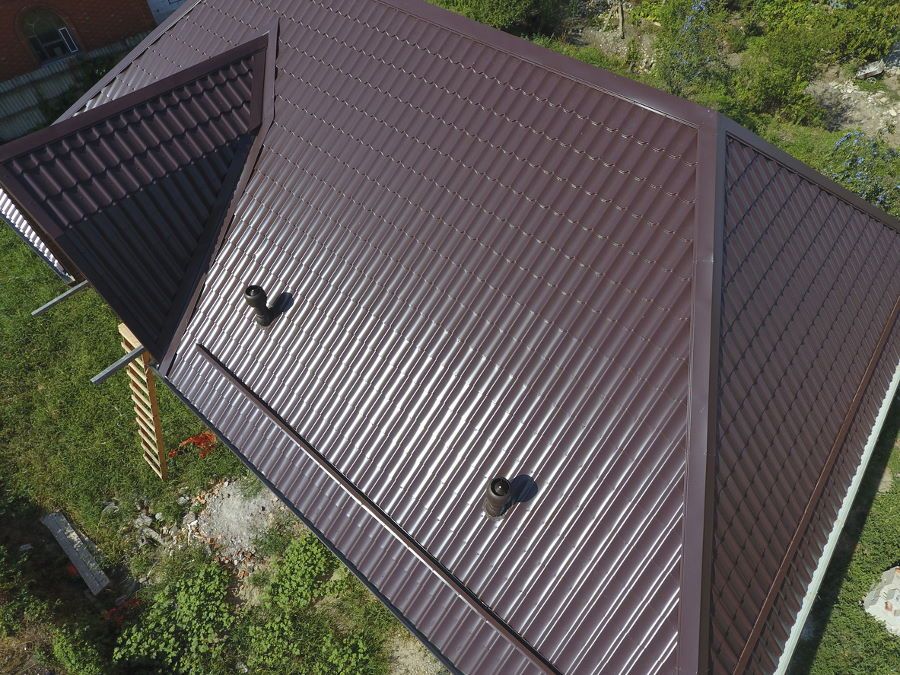Introduction
When it comes to maintaining the integrity and longevity of your home, one often-overlooked aspect is the roof. How Weather Impacts the Lifespan of Your Roof is a crucial factor that homeowners need to consider. Your roof is your home's first line of defense against the elements, and its durability can significantly influence not just your home's aesthetics but also its overall value.
Understanding how weather affects your roof is essential for planning maintenance schedules and knowing when to seek professional help. From roofing contractors to certified roofing specialists, knowing who to call when issues arise can save you time, money, and headaches down the line.
In this comprehensive guide, we will explore various weather conditions and their specific impacts on different types of roofs, discuss essential roofing services, and provide actionable tips for homeowners looking to prolong the lifespan of their roofs.
How Weather Impacts the Lifespan of Your Roof
Weather plays a pivotal role in determining how long your roof will last. Factors such as temperature fluctuations, precipitation types, wind speeds, and even sunlight exposure contribute to wear and tear over time.
1. The Role of Temperature Fluctuations
1.1 Why Temperature Matters
Temperature changes can cause materials to expand or contract. This constant movement may lead to fractures in roofing materials such as shingles or tiles, which could eventually lead to leaks.
1.2 Seasonal Changes
- Summer: High temperatures can cause asphalt shingles to become brittle. Winter: Cold snaps may lead to ice dams which trap water under roofing materials.
Understanding these seasonal impacts helps homeowners prepare for potential issues before they escalate into costly repairs or replacements.
2. Precipitation: Rain and Snow
2.1 The Impact of Rainfall on Roofing Materials
Rainfall can be detrimental if there are existing vulnerabilities in your roof. Water https://www.townplanner.com/mobile/al/directory/home-improvement-roofing/southern-roofing-systems-of-mobile/207555/ pooling or improper drainage can lead to serious issues like mold growth or structural damage.
2.2 Snow Accumulation Risks
Heavy snow accumulation poses risks too:
- Ice Dams: These form at eaves due to melting snow refreezing when it reaches colder parts of the roof. Structural Load: Heavy snow requires roofs designed for such weight; otherwise, collapse may occur.
3. Wind Damage: A Silent Threat
3.1 Understanding Wind Forces on Roofs
Wind can lift shingles from roofs or even tear entire sections off if gusts are strong enough—particularly damaging for roofing companies older roofs or those installed poorly.
3.2 Preventive Measures Against Wind Damage
Regular inspections by licensed roofing contractors can help identify weaknesses before a storm arrives.
4. The Sun’s UV Rays: An Overlooked Enemy
4.1 Effects of UV Exposure on Roofing Materials
Prolonged exposure to ultraviolet (UV) rays can degrade roofing materials over time:
- Asphalt Shingles: Can lose granules leading to accelerated degradation. Metal Roofs: May experience fading or chalking.
5. Hail Damage: The Unexpected Culprit
5.1 What Happens During Hailstorms?
Hail's impact can cause dents and punctures in various roofing materials:
- Asphalt Shingles: May develop cracks. Metal Roofs: Can become dented but might not always require immediate replacement.
Understanding hail damage helps in deciding when emergency roof repair services are necessary.
6. Storm Damage Recovery: Essential Steps Post-Storm
6.1 Initial Assessments After Severe Weather Events
After a storm passes, conduct a visual inspection followed by hiring a professional for an extensive roof inspection service:

- Check for missing shingles Inspect gutters for debris
This proactive approach allows you to address issues early before they necessitate expensive repairs.
7. The Importance of Regular Maintenance Services
7.1 Scheduled Inspections Matter!
Regular roof inspections by certified roofing contractors ensure that small problems do not turn into bigger headaches later on.
7.2 Maintenance Routines You Should Follow
Establishing a maintenance routine includes:
- Cleaning gutters Checking ventilation systems Inspecting flashing around chimneys
FAQs
1. How often should I have my roof inspected?
Having your roof inspected at least once a year is recommended, particularly after significant weather events.
2. What signs indicate I need emergency roof repair?
Look for missing shingles, water stains on ceilings inside your home, or visible sagging areas on your roof structure.
3. How does hail damage affect insurance claims?
Most homeowner insurance policies cover hail damage; however, it’s essential to document any damage thoroughly with photos before filing a claim.
4. What’s involved in a typical roof inspection?
A licensed contractor will check for missing shingles, inspect flashing seals around vents and chimneys, evaluate drainage systems, and assess overall material condition.
5. What’s the average cost of roof repair services?
Costs can vary widely based on location and severity but typically range from $300 - $600 for minor repairs; however major replacements could exceed several thousand dollars depending on material used.
6. Can I perform my own maintenance?
While some maintenance tasks such as cleaning gutters may be performed by homeowners safely with proper precautions; it's advisable to hire professionals for thorough inspections and complex repairs.
Conclusion
In conclusion, understanding how weather impacts the lifespan of your roof is vital in ensuring you maintain its integrity over time—a proactive approach will save you both money and stress while prolonging the life expectancy dramatically! Whether it’s through hiring experienced licensed roofing contractors or simply being aware of environmental conditions that could compromise your structure's safety—every effort counts toward protecting one of life's most significant investments!
By keeping up with regular inspections, performing necessary maintenance tasks promptly, following up after severe weather events diligently—and knowing when it's best to call in certified experts—you'll not only extend your roof's life but also enhance your property's overall value!